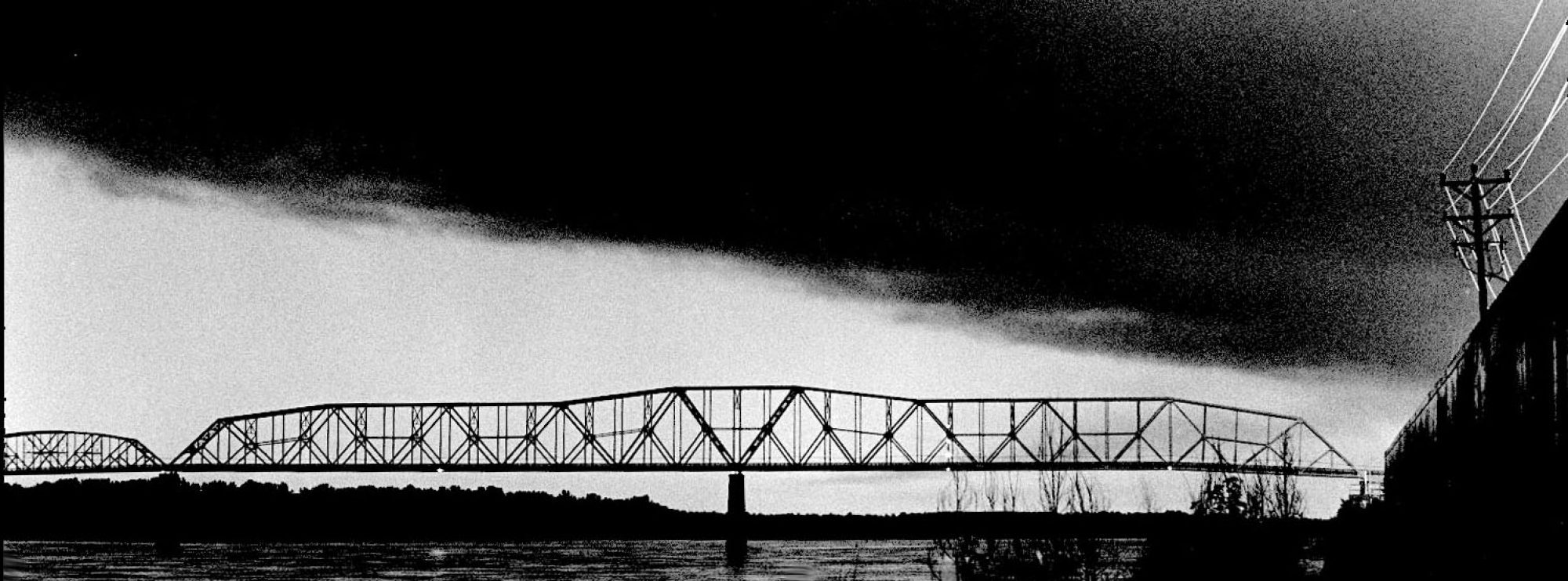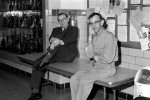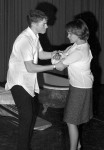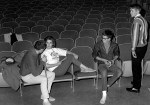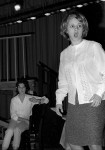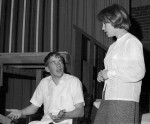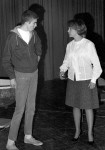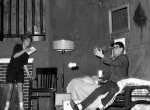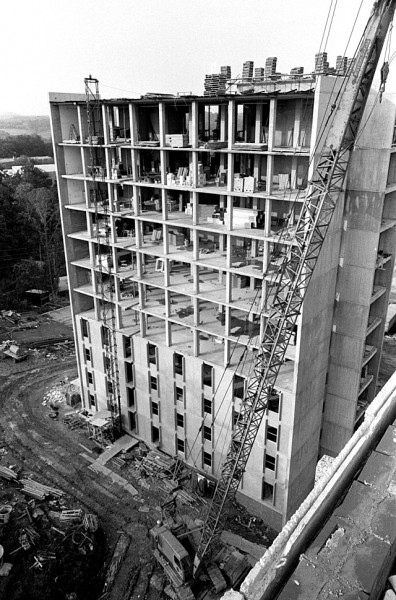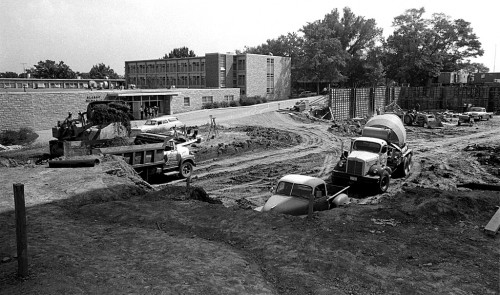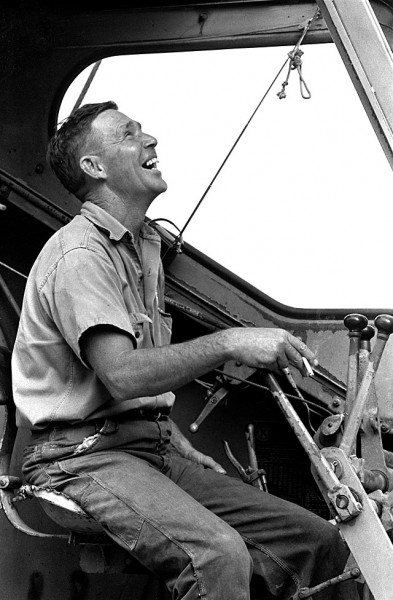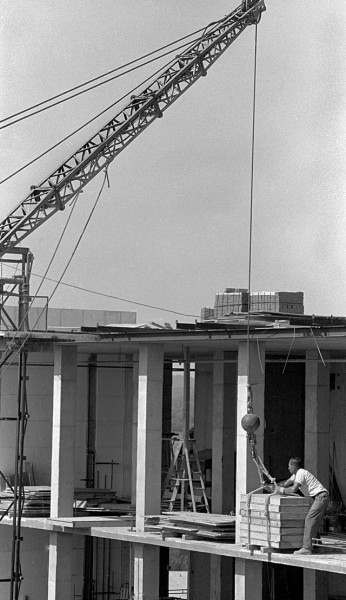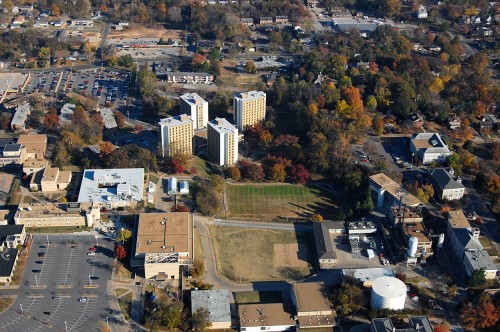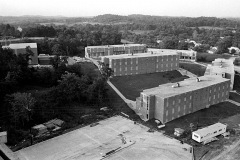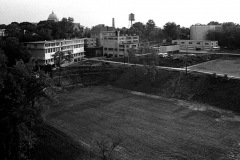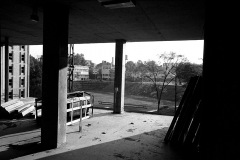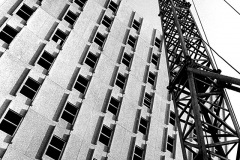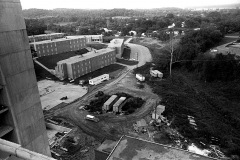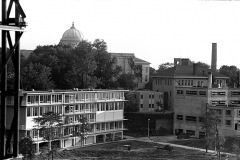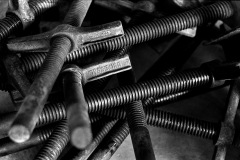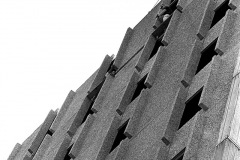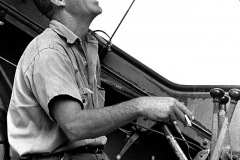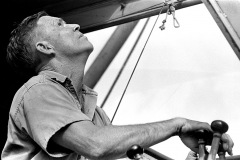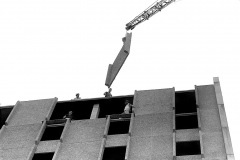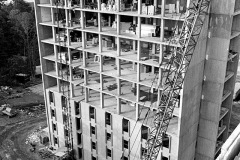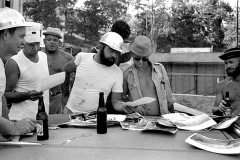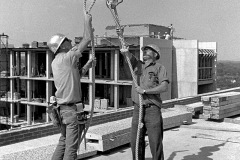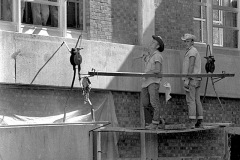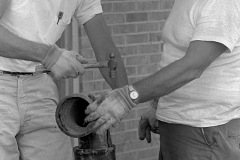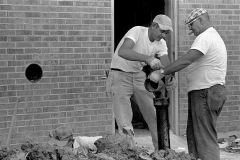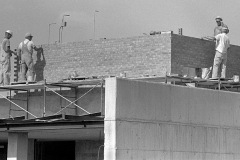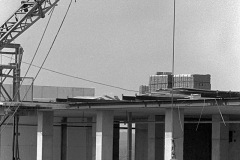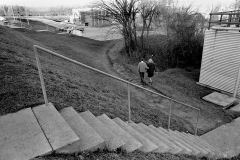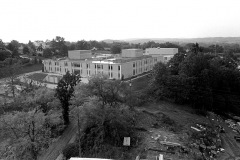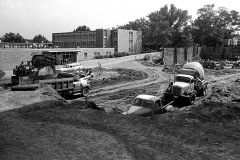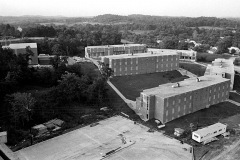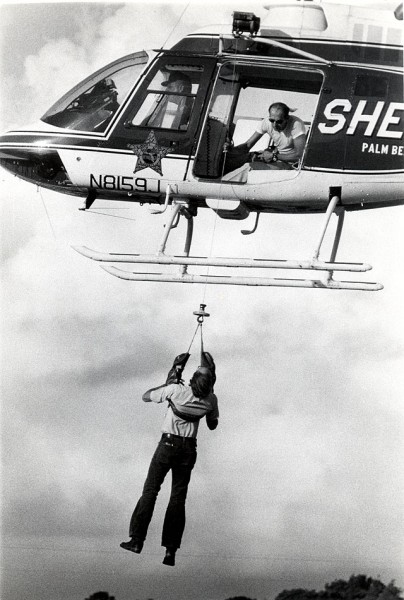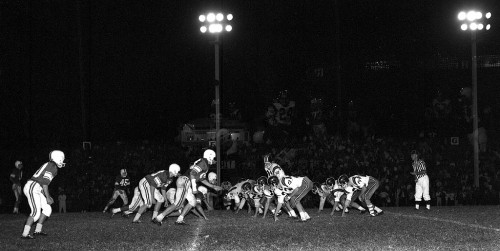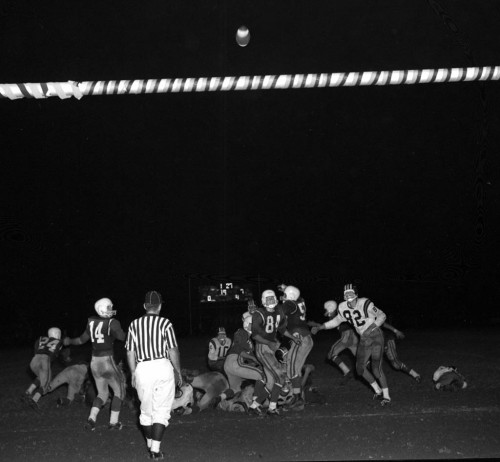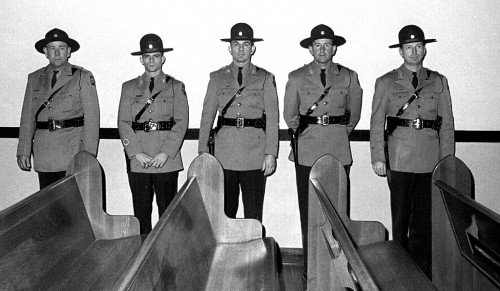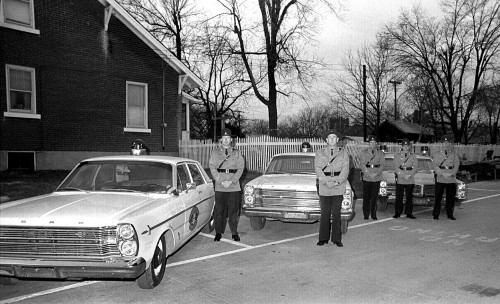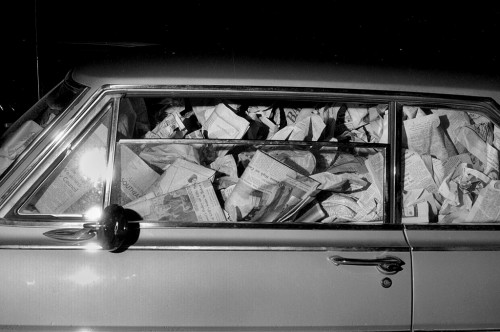 I’ve already done a page on the Red Dagger’s My Sister Eileen and Our Hearts Were Young and Gay, so when I discovered these frames stuck in with a fire I shot in Ohio, I almost relabeled them and stuck them back in the file. Then I saw something that piqued my interest.
I’ve already done a page on the Red Dagger’s My Sister Eileen and Our Hearts Were Young and Gay, so when I discovered these frames stuck in with a fire I shot in Ohio, I almost relabeled them and stuck them back in the file. Then I saw something that piqued my interest.
Whose car is this? Who did this nefarious deed? Their timing was good. I see one of the pages is from The Missourian’s Achievement Edition. That was usually the biggest paper of the year. Gaining entry to the car wouldn’t have been difficult. Most folks didn’t lock the doors and about half of them left the keys in the ignition.
Surely these guys didn’t do it
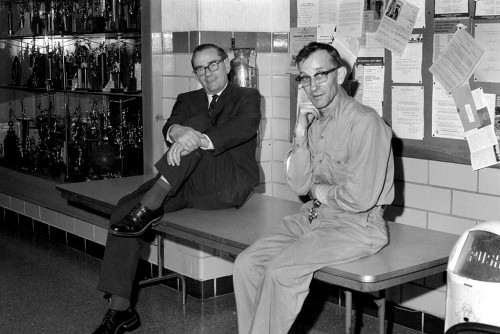 Principal Fred Wilferth and custodian James Criddle were on this roll of film, which means they were in the vicinity of the hooliganism, but they don’t have the guilty look of someone who has just stuffed someone’s car with a week’s worth of papers.
Principal Fred Wilferth and custodian James Criddle were on this roll of film, which means they were in the vicinity of the hooliganism, but they don’t have the guilty look of someone who has just stuffed someone’s car with a week’s worth of papers.
By the way, this film was in pretty bad shape, so I had a choice of spending hours spotting out all the flaws or pretending that the practice took place during a snow storm. I opted for the latter. In one frame there IS a cup flying through the air and water or some other liquid frozen by the strobe flash.
Gallery of the usual suspects
If I was a cop, I’d round up this gang of suspects from My Sister Eileen. I’m pretty sure that at least one of them would crack when you shined the bright light in their eyes. I bet you wouldn’t even have to bring out the rubber hoses. Click on any photo to make it larger, then click on the left or right side of the photo until you find the guilty person or persons.
Anola Gill Stowick was kind enough to provide a cast list when I ran the other story. I’m having the names run right now for wants and warrants. We should have this wrapped up in a matter of hours.
Chuck Dockins, Sally Wright, Sherry Harris, Larry Loos, Pat Sommers, Tom Spitzmiller, Steve Crowe, David Reimann, John Reimann, Rick Meinz, Jane Randol, Mike Daniels, Pam Parks, Mike Seabaugh, Steve Folsom, Anola Gill, Lee Dahringer, Don Mowery, John Magill, Preston Foster, Kenny Fischer, Vicky Roth, Jim Stone
============Support=========
Faculty Director – Kitty Hart, Jerrette Davis, Carl Meyer, Becky McGinty, Steve Strong, Marsha Seabaugh, Janice House, Hilda Hobbs, Martin Hente, Bill Kuster, Tom Holt, Ralph Frye, Shari Stiver, Cheri Huckstep, Tana Austin, Diane Siemers, Betsy Ringland, Francie Hopkins, Ruth Ann Seabaugh, Beth Hayden, Judy Dunklin, Peggy Estes, Judy Brunton, Terry Hinkle, Robin Kratz, Marcia Maupin, Sally Nothdurft, Toni Starkweather, Bunny Blue, Mary Sudholt, Cheryl McClard, Emma Pensel, David Stubbs Ron Hill, Gwynn Sheppard Mary Rickard, Mary Jean Rodgers, Carol Klarsfeld, Dean Kimmich, Donna Eddleman, Marsha Harris, Martha Mahy, Paul Schwab, Amanda Ashby, Della Heise, Don Sander, Anne Buchanan, Ronnie Marshall, John Mueller, Pat Johnson.
